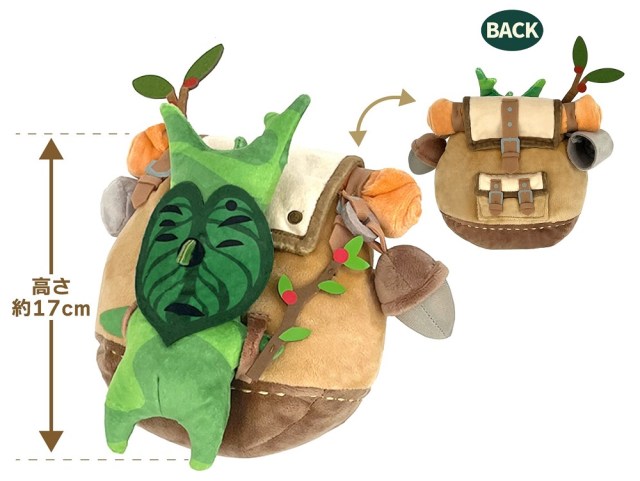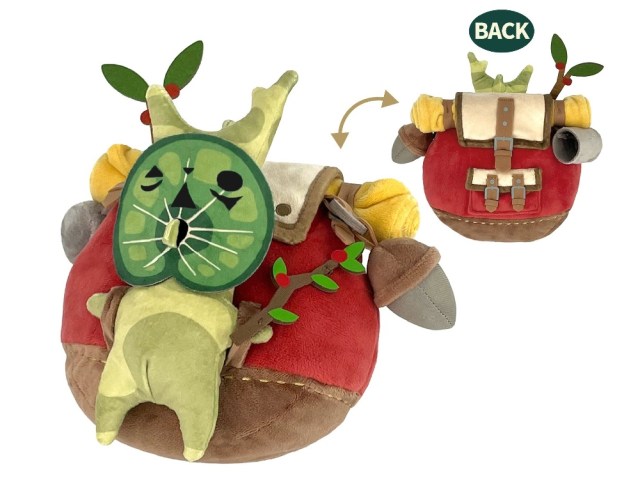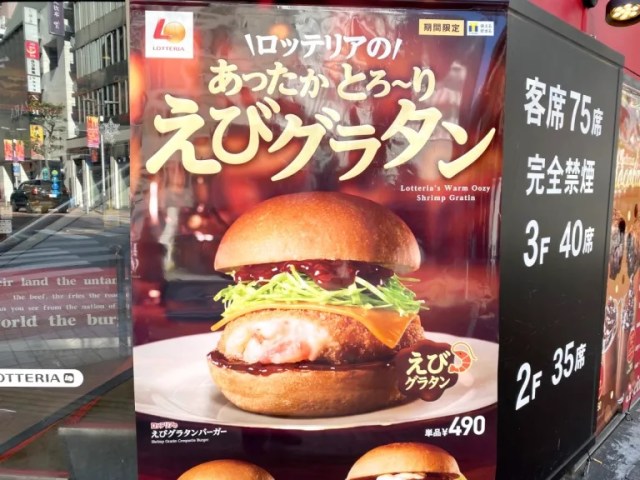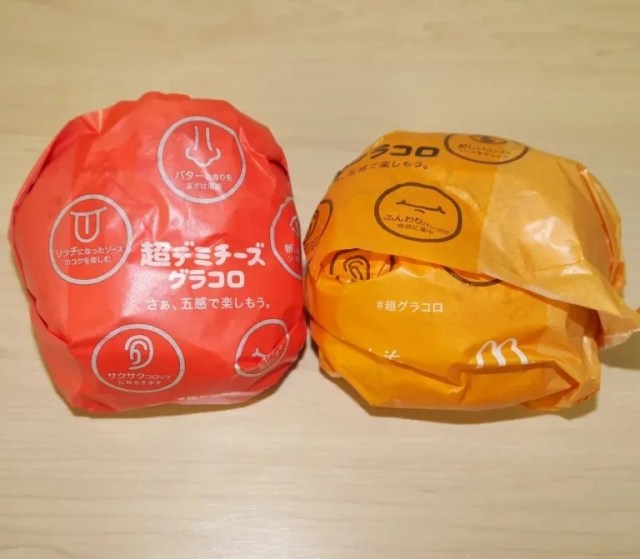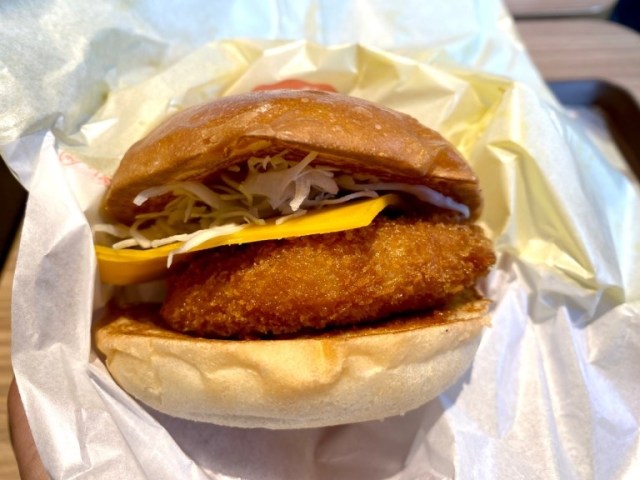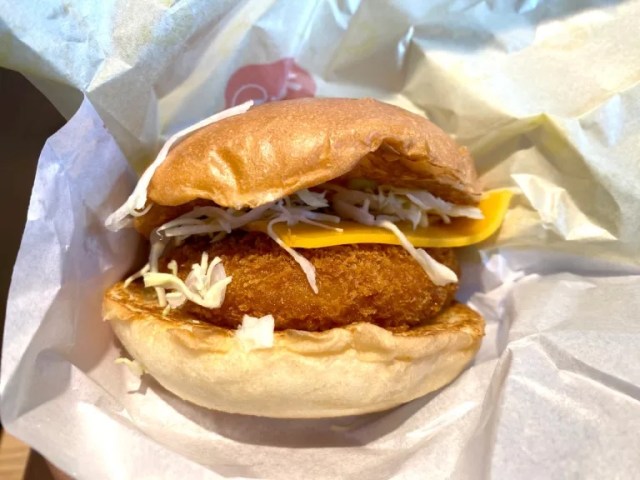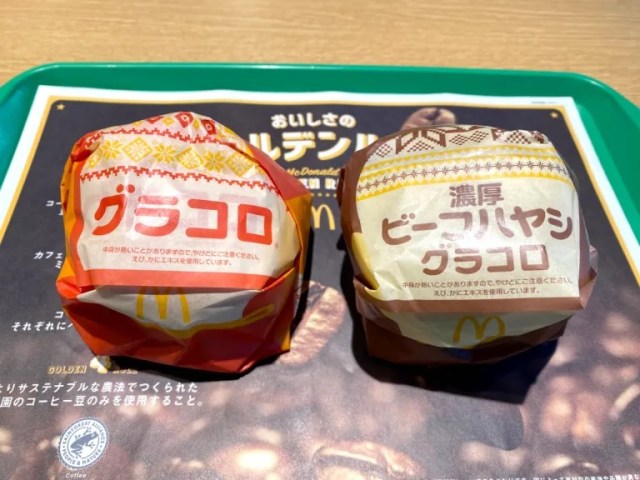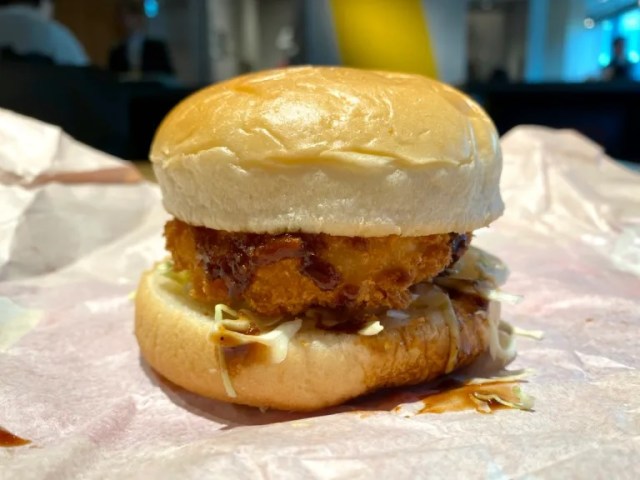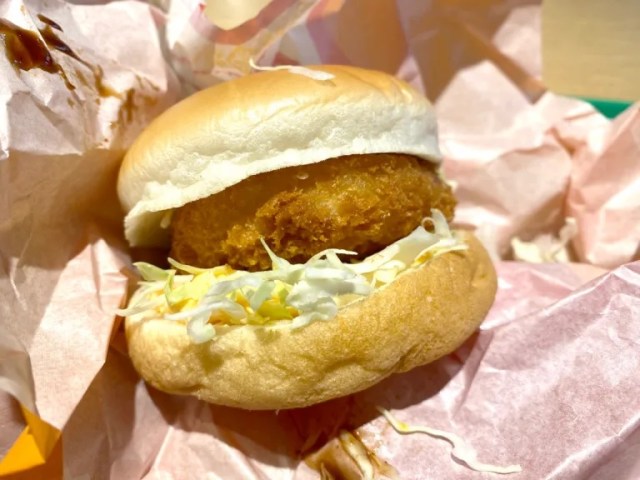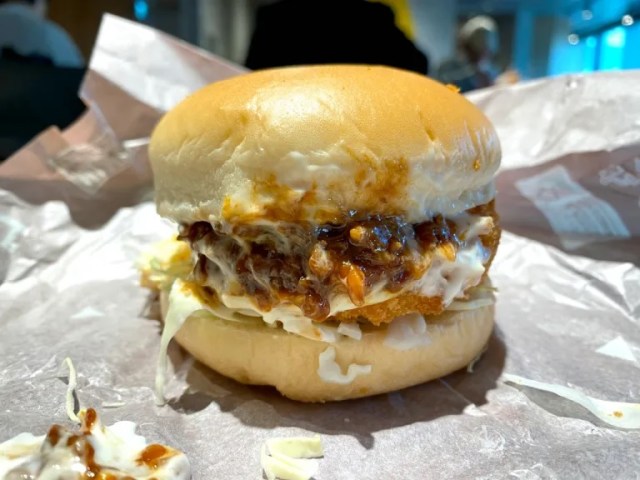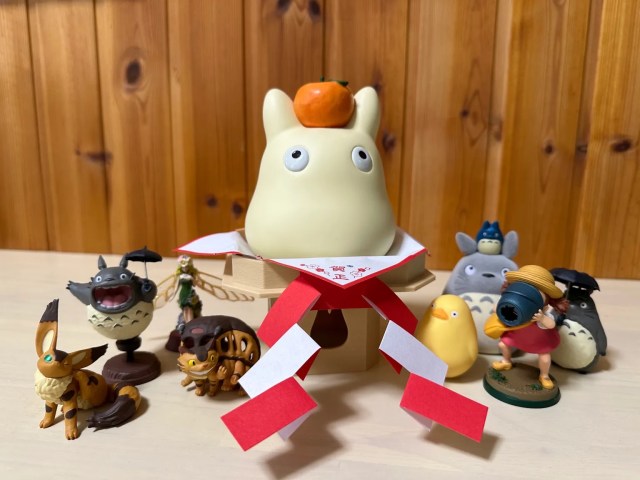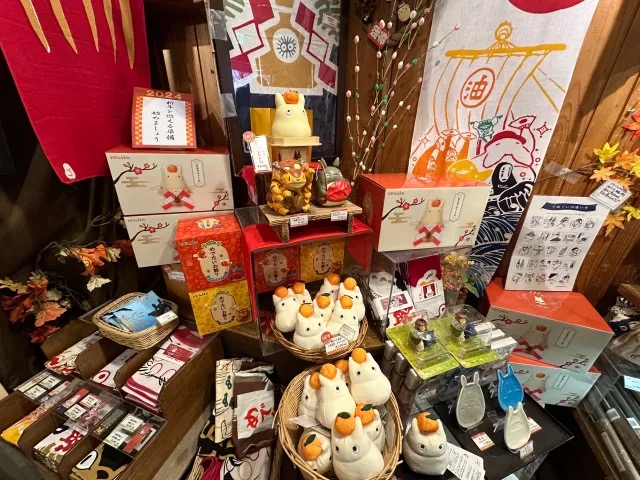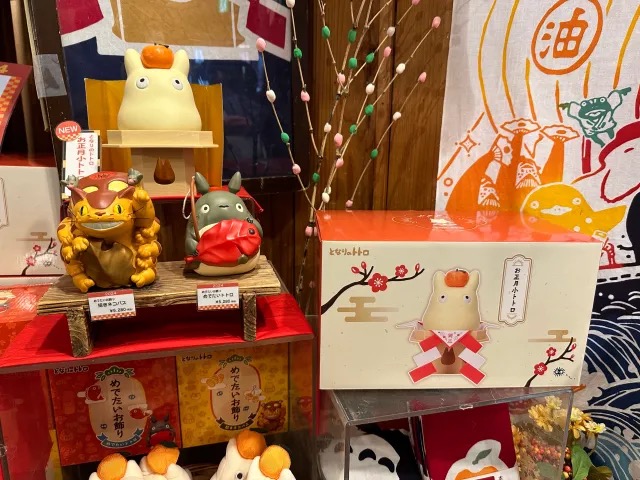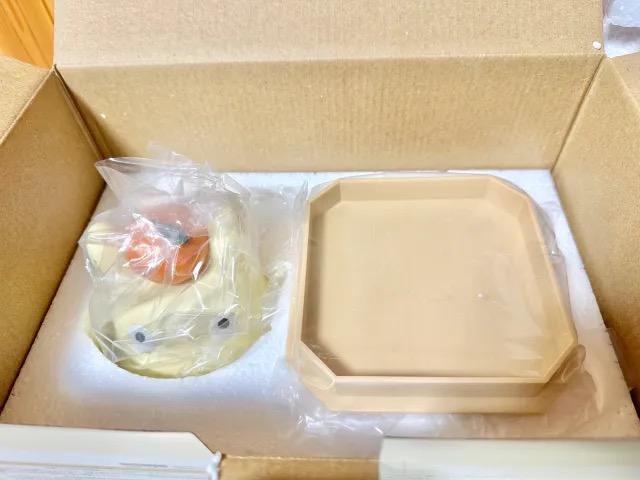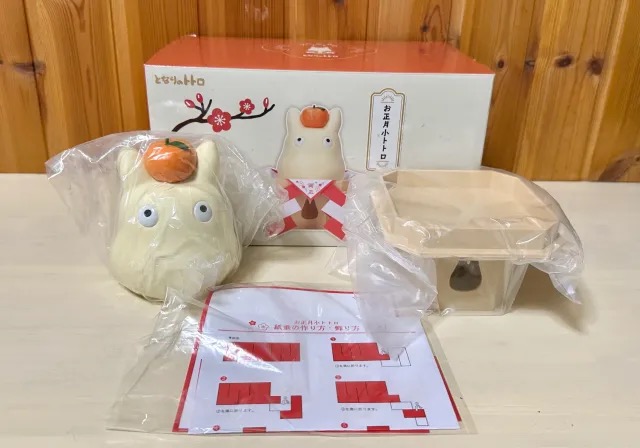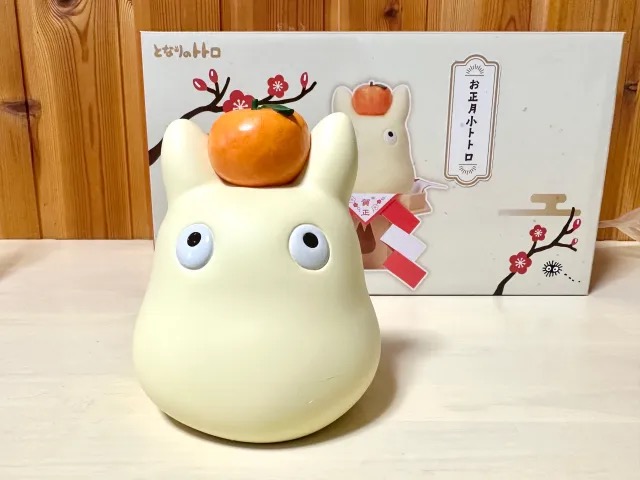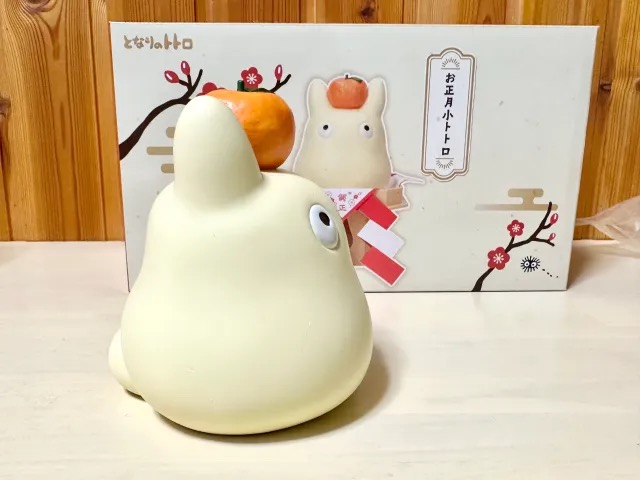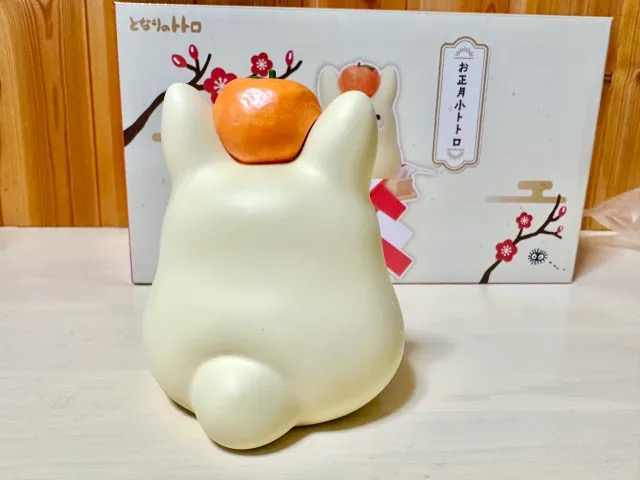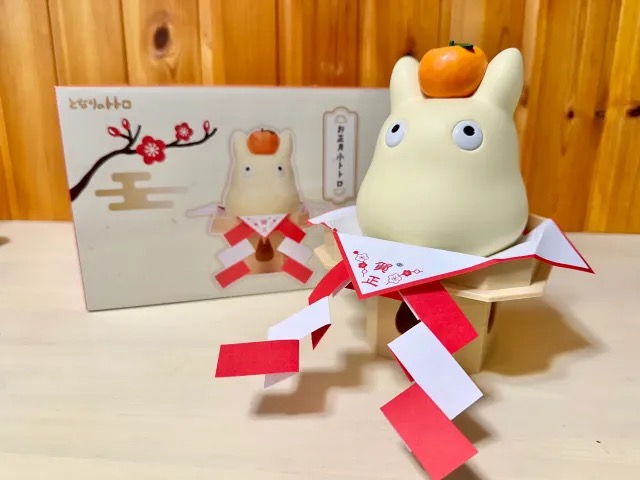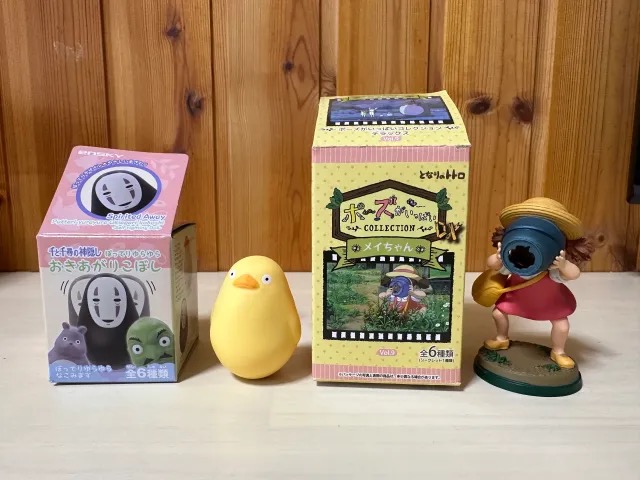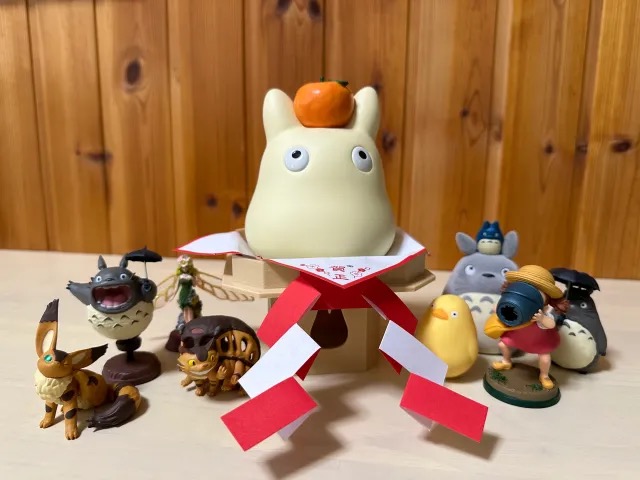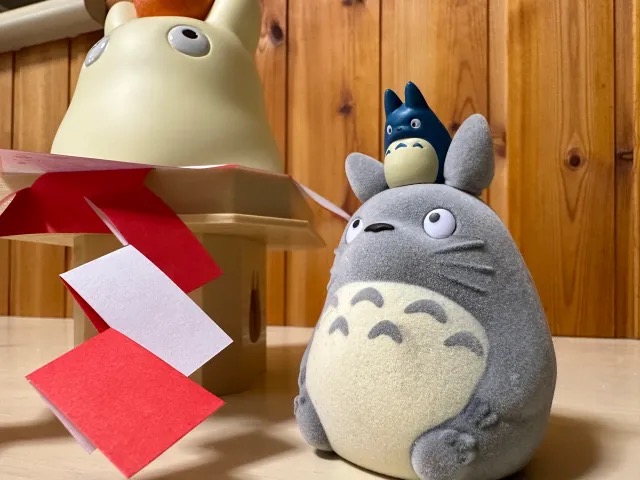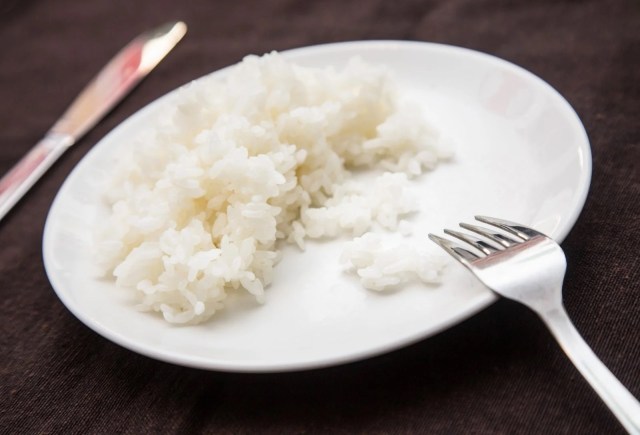
Survey results point to possible regional differences.
Alongside curry, cream stew is another easy-to-make comfort food that people in Japan love pairing with rice, especially during the winter months. There’s something else that cream stew and curry have in common too, which is that there’s a debate among Japanese foodies about the best way to serve and eat it.
As with curry, there are two schools of thought. One is that the stew and rice should be “separate,” with the stew neatly covering only part of the rice on the plate when it’s served, and the diner should mix them together little by little, bite by bite. The other philosophy is that since they’re going to get mixed “together” eventually anyway, you should just go ahead and pour the cream stew all over the rice from the very start before you even start eating.
▼ “Separate” cream stew and rice
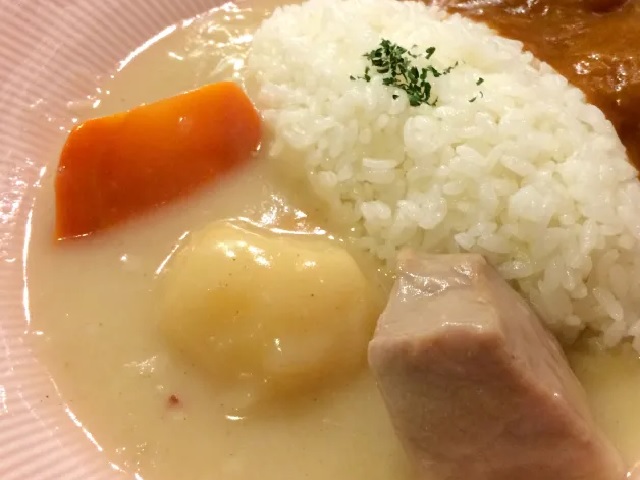
▼ “Together” cream stew and rice

It’s something that some people have very strong feelings about, and so House Foods, Japan’s leading cream stew mix maker, held a survey addressing the separate-versus-together debate. After collecting responses from 5,617 people, House Foods found that 68 percent of respondents serve/eat stew and rice “separately,” while 32 percent serve/eat them “together.”
When broken down by prefecture, the survey revealed that 80.2 percent of people in Tottori Prefecture eat stew and rice separately, followed by 79.5 percent in Shimane Prefecture (Tottori’s neighbor in western Japan) and 78.9 percent in Toyama Prefecture.
In terms of stew and rice together, Okinawa Prefecture took the top spot with 61.7 percent of respondents, Aomori Prefecture was in second place with 49.6 percent, and Tokyo came in a close third with 48.5 percent. Aomori and Tokyo are both located in eastern Japan, and other eastern prefectures such as Yamanashi, Gunma, and Tochigi had a high percentage of stew-and-rice-together fans too.
House Foods also surveyed what ingredients Japanese people commonly add to their stew. Onions, potatoes, and carrots seemed to be the standard, and the main protein tended to be chicken (65.2 percent). Other common proteins were scallops (32.7 percent), shrimp (27 percent), salmon (19 percent), clams (18.9 percent), and oysters (18.9 percent).
So if you’re looking to try cooking or eating Japanese cream stew, you’ve got some decisions to make, including whether to add in our secret flavor-boosting ingredient of soy sauce.
Sources: Kyodo News via Hachima Kikou, PR Times
Top image: Pakutaso
Insert images ©SoraNews24
● Want to hear about SoraNews24’s latest articles as soon as they’re published? Follow us on Facebook and Twitter!

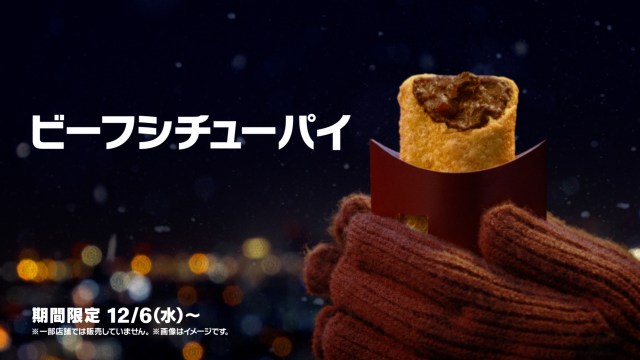

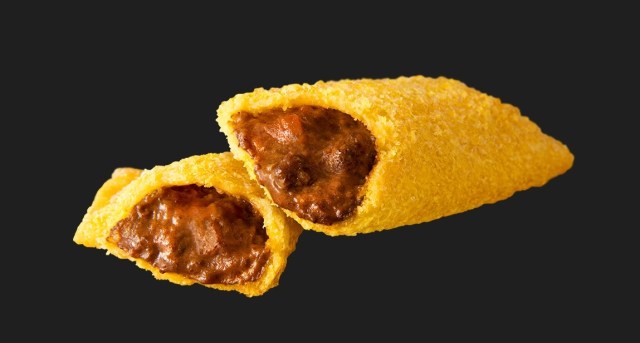
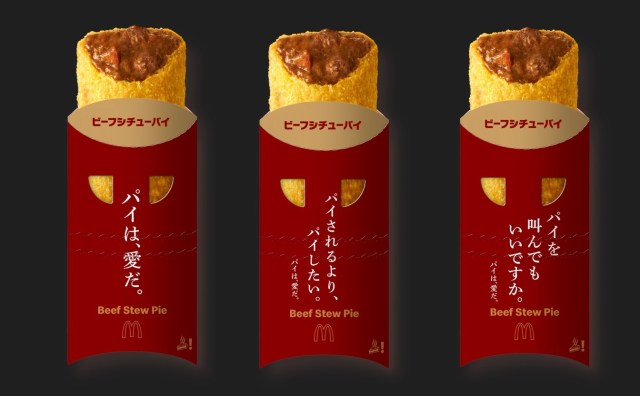
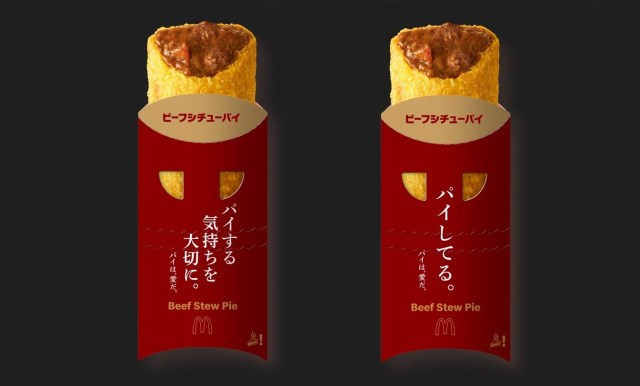
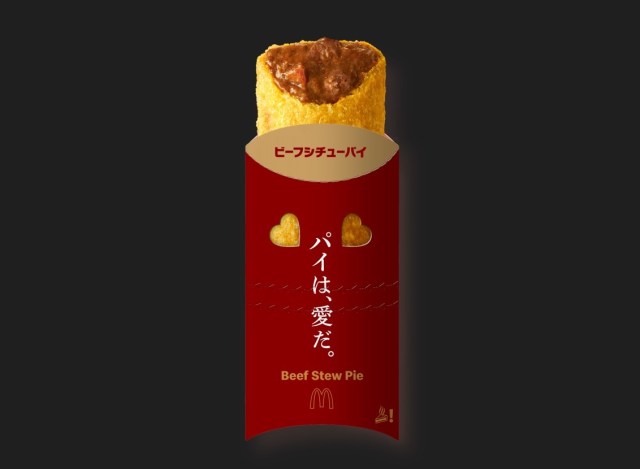
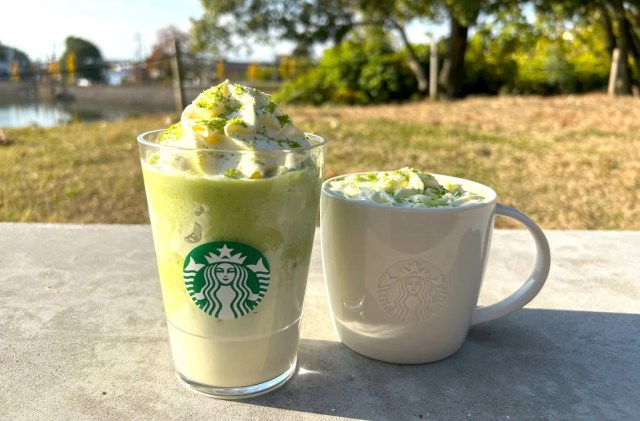
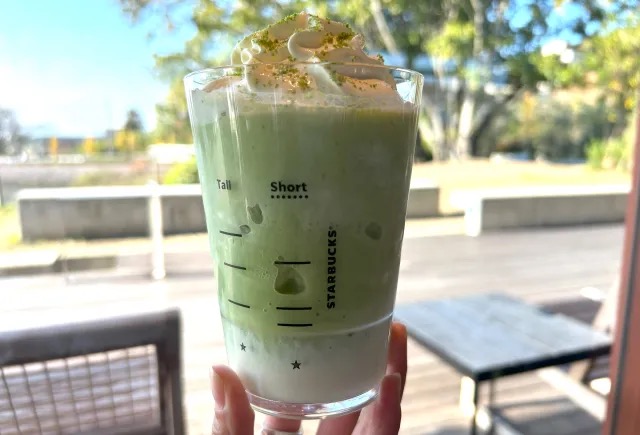
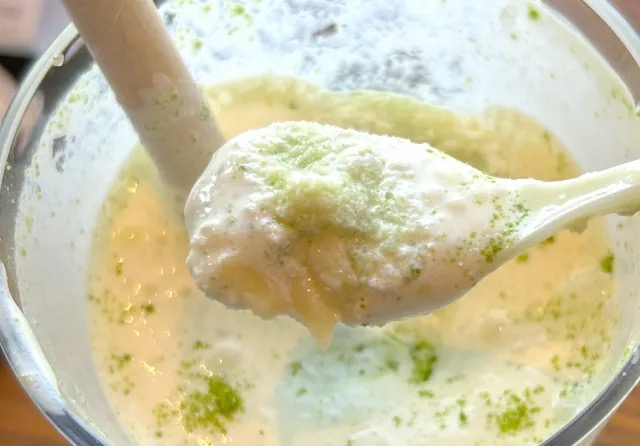
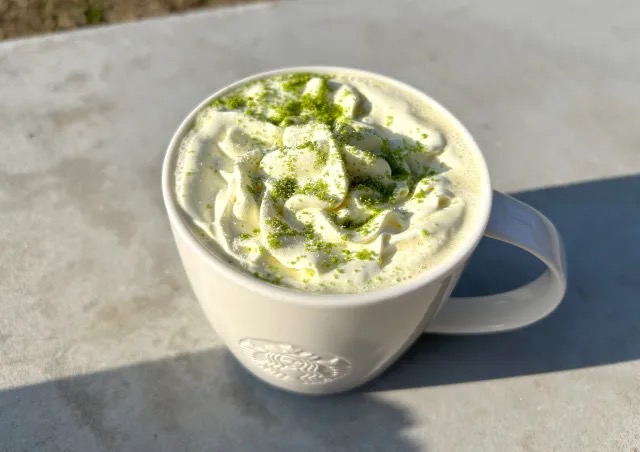



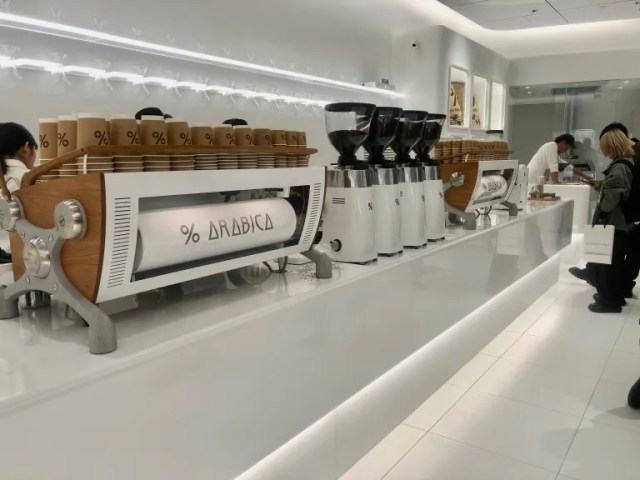
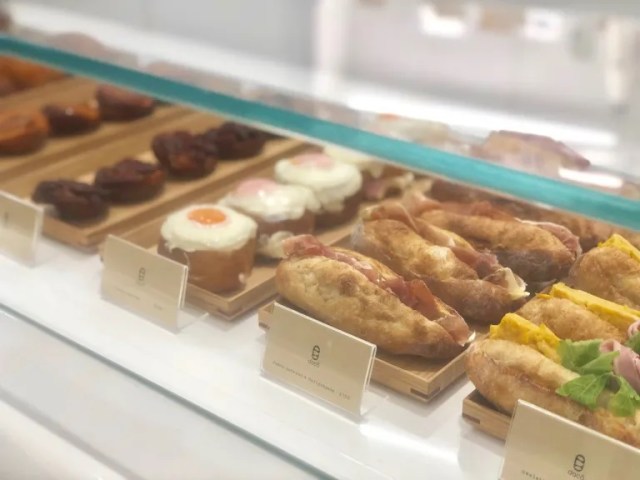
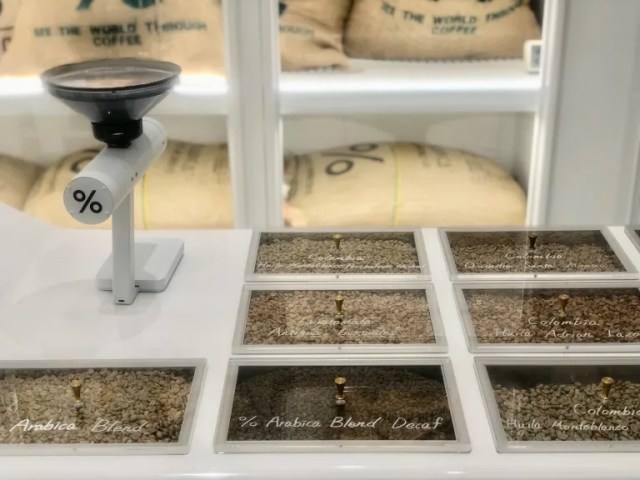
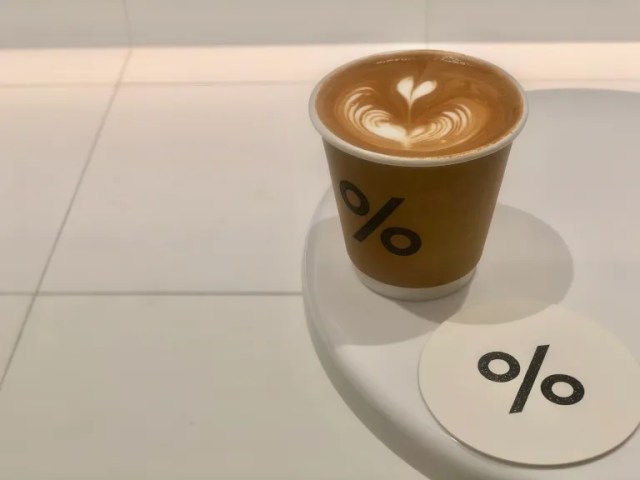
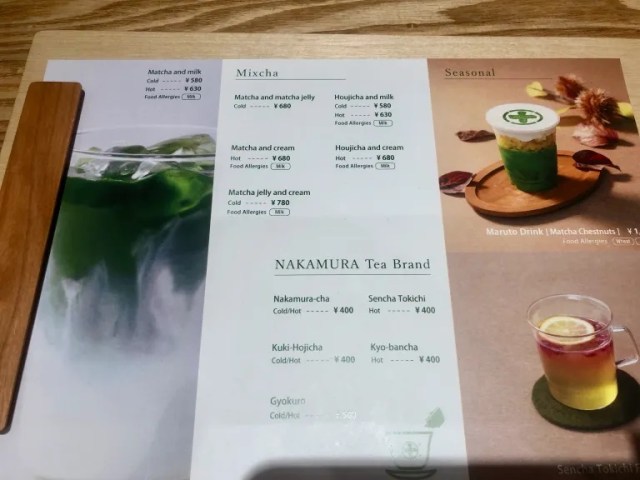
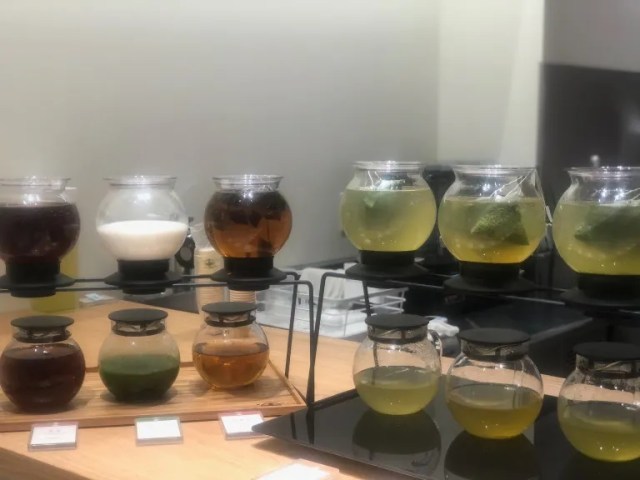
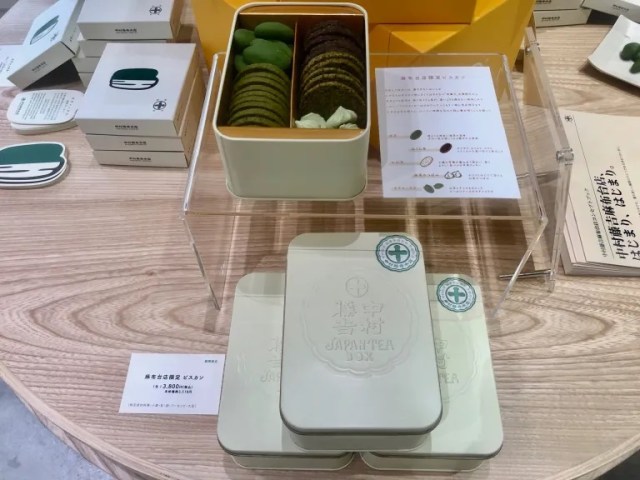
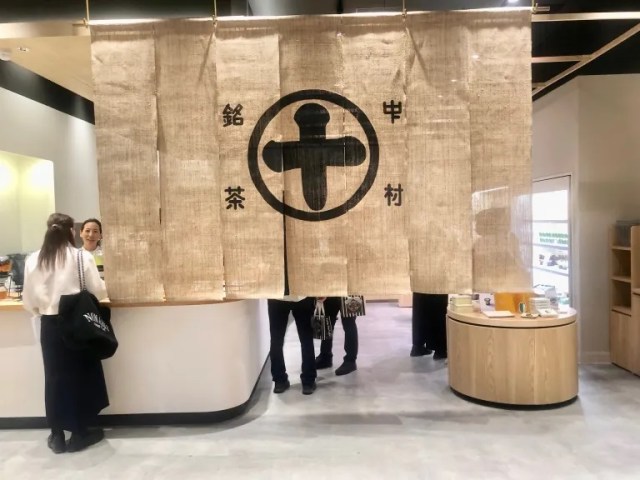
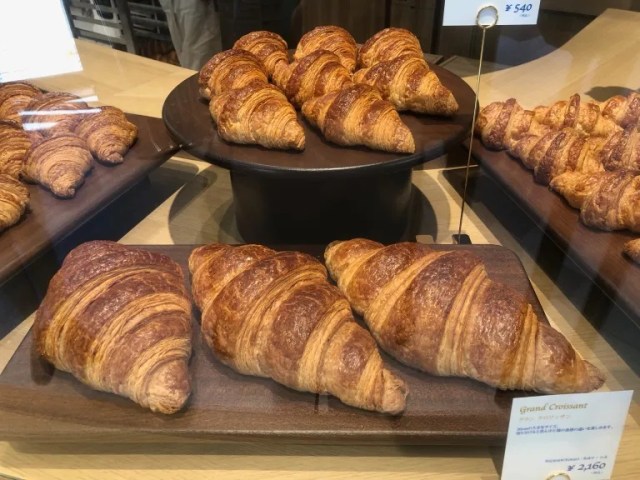

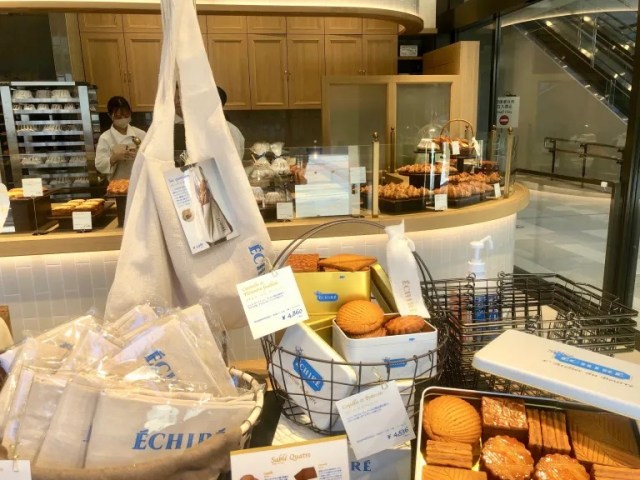
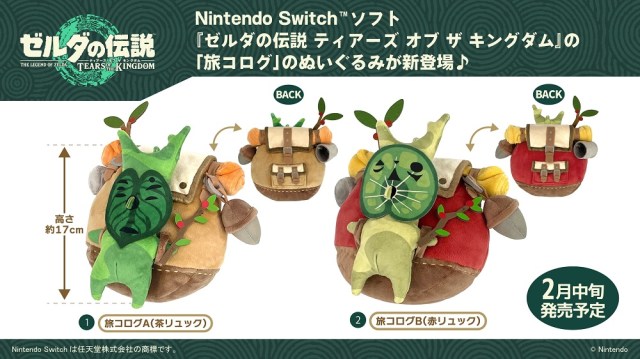
 大きなリュックは細かな装飾にもこだわりました
大きなリュックは細かな装飾にもこだわりました
